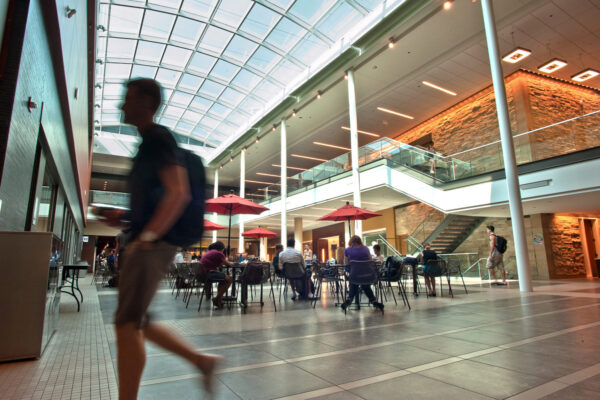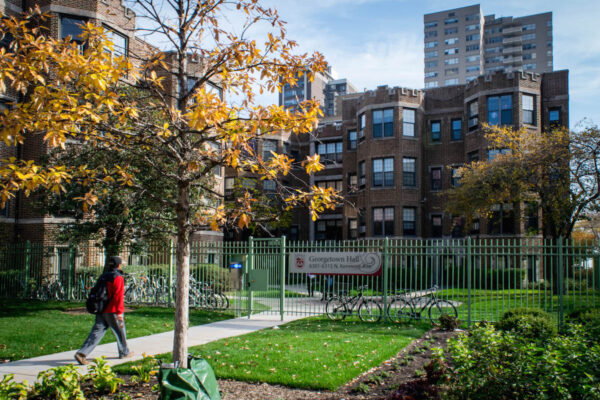Enrollment Trending Upward After COVID-19
Title: Current Term Enrollment Estimates: Fall 2024
Source: National Student Clearinghouse Research Center
Total fall 2024 enrollment rose across multiple factors—including sector, selectivity, and urban-rural classification—bringing it closer to pre-pandemic levels, according to a new report from the National Student Clearinghouse Research Service. Compared to fall 2019, overall enrollment increased by 0.4 percent, and compared to fall 2023, it grew by 4.5 percent.
Enrollment gains were particularly strong in associate programs (up 6.3 percent), bachelor’s programs (up 2.9 percent), master’s programs (up 3.3 percent), and doctoral programs (up 2.0 percent). Private for-profit four-year institutions saw the most significant increase in first-year enrollment, surging by 26.1 percent with more than 11,000 additional students. Public institutions also experienced notable growth, with primarily associate degree-granting baccalaureate institutions up 8.4 percent and public two-year institutions increasing by 6.8 percent.
First-year enrollment overall grew by 5.5 percent, with the most significant gains among students from the lowest-income neighborhoods (up 9.4 percent). Enrollment increases were generally aligned with neighborhood income levels, with students from the highest-income areas seeing the smallest rise (3.6 percent).
At Historically Black Colleges and Universities, enrollment increased at both the graduate (6.5 percent) and undergraduate (3.4 percent) levels. Meanwhile, public four-year institutions in rural areas experienced the largest enrollment growth (5.6 percent), while public two-year institutions saw the biggest increases in towns (7.9 percent). Urban areas continued to enroll the most students at public two-year institutions, surpassing 2.3 million.
Patterns of growth varied across selectivity and sector. Less selective private nonprofit four-year institutions saw the most substantial gains (5.7 percent), with similar increases at less selective public four-year institutions (5.0 percent). Enrollment at highly selective institutions followed a different trend, rising at public four-year institutions (2.9 percent) but declining at private nonprofit institutions (-2.5 percent).
Regionally, enrollment increased at similar rates in the Northeast, South, and West (4.7 percent each) and rose by 3.1 percent in the Midwest. Utah led the nation in enrollment growth (12.1 percent), while the District of Columbia (-1.9 percent), Vermont (-0.6 percent), and Nebraska (-0.4 percent) saw declines. Graduate enrollment patterns diverged in some areas, with notable decreases in Mississippi (-4.3 percent), Delaware (-3.9 percent), and Missouri (-3.4 percent).
Fields of study also showed shifts, with undergraduate enrollment in health professions rising 8.3 percent—effectively reversing pandemic-related declines. Among the top 20 major fields, only two saw decreases: Liberal Arts and Sciences, General Studies, and Humanities (-3.1 percent) and English Language and Literature/Letters (-1.5 percent).
This data provides an encouraging outlook for higher education. Understanding who is enrolling and where is essential for institutional planning and for ensuring equitable access to higher education.
To explore the data, click here. For the methodology, click here.
—Erica Swirsky
If you have any questions or comments about this blog post, please contact us.


